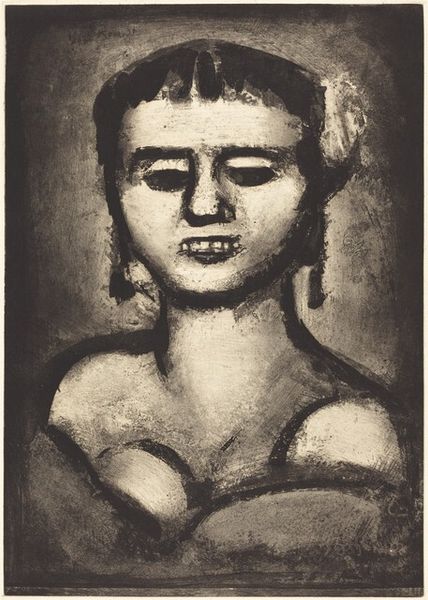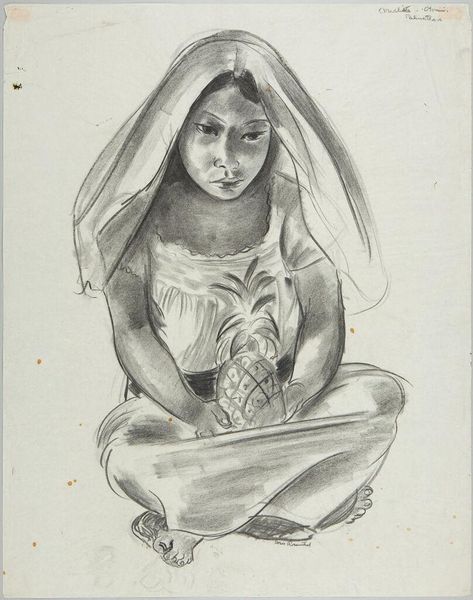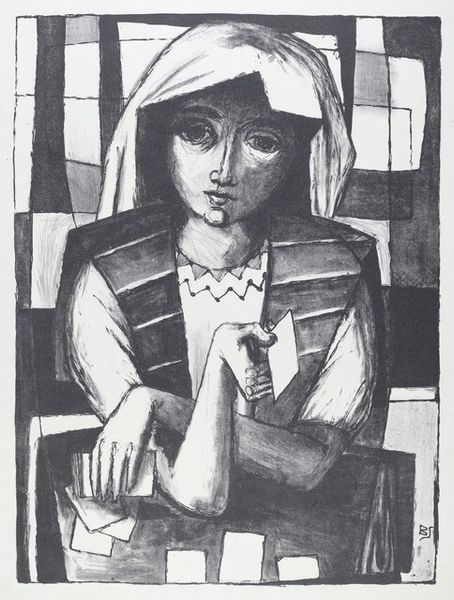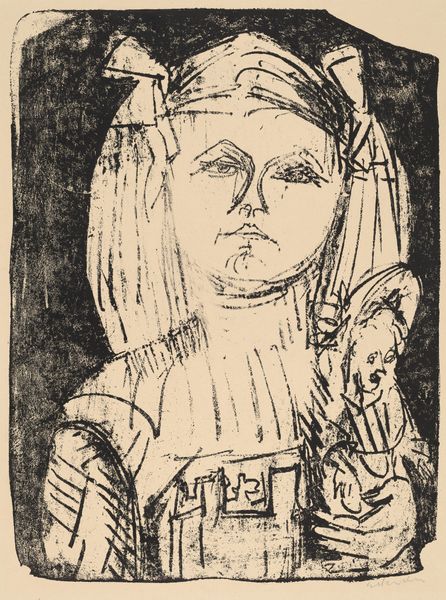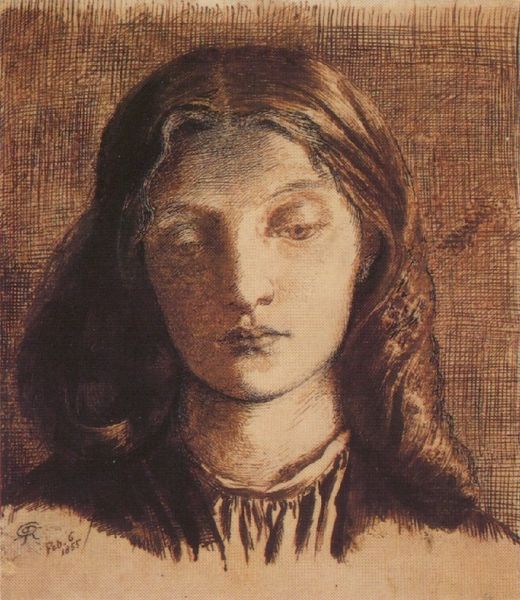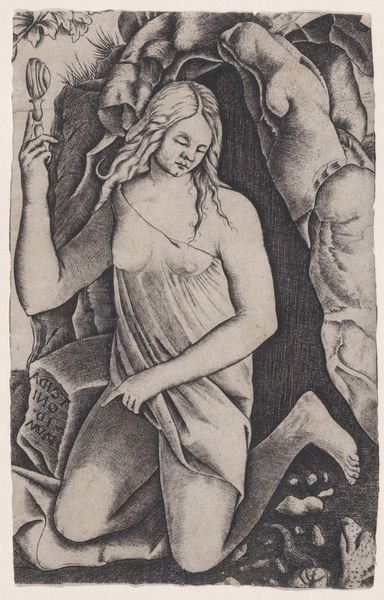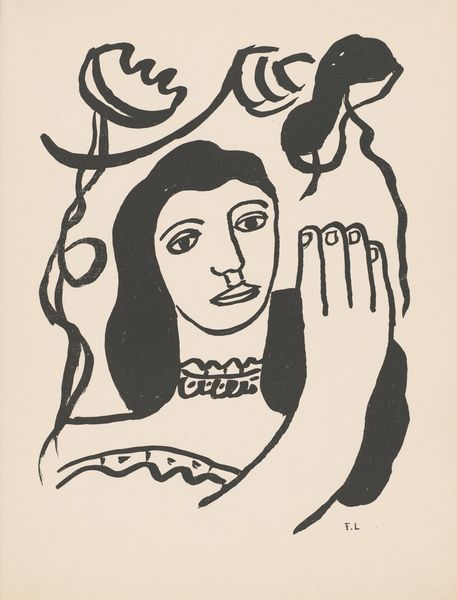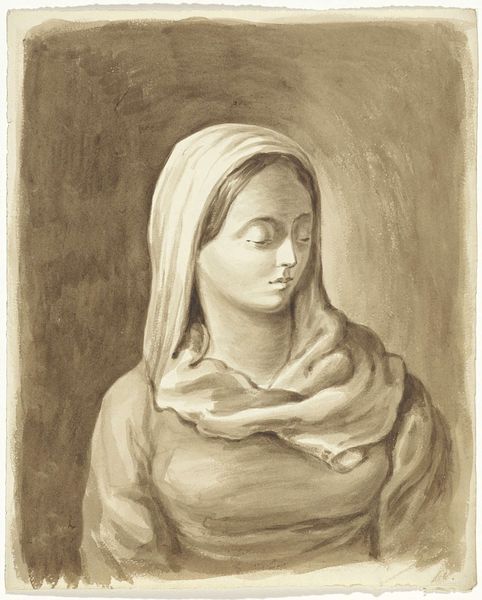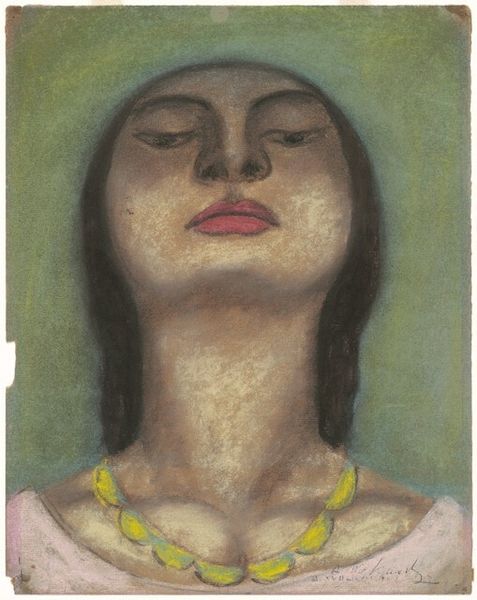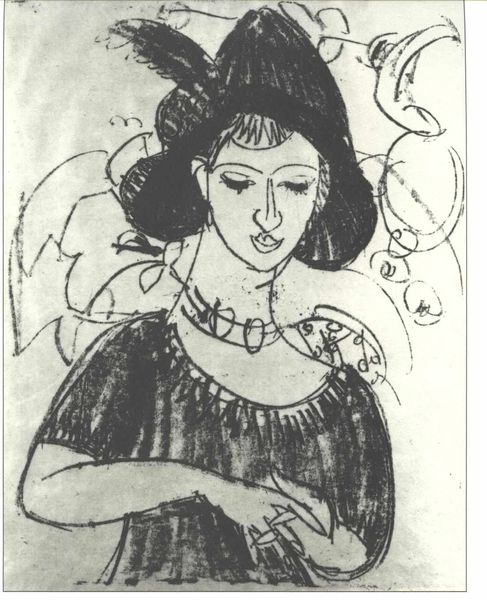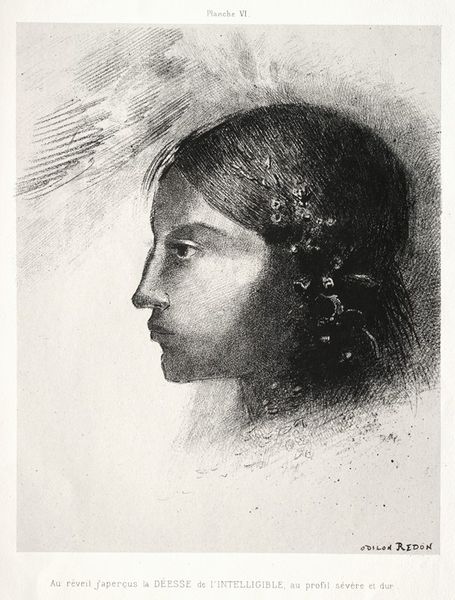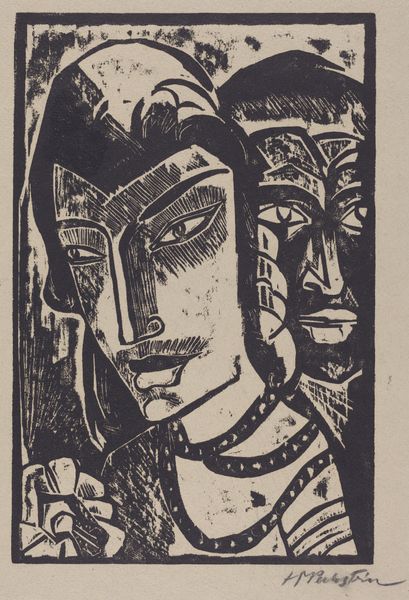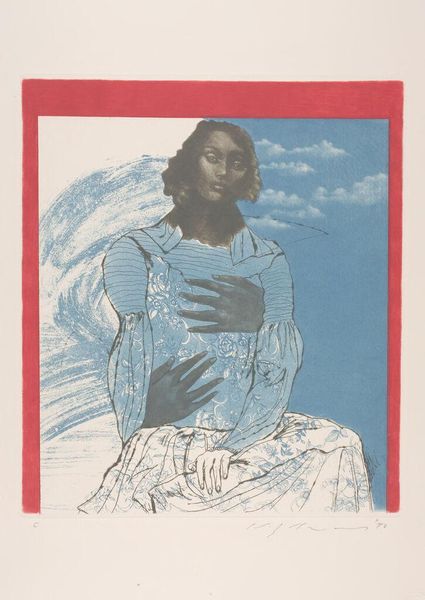
print, etching
#
portrait
#
cubism
# print
#
etching
#
caricature
#
figuration
#
modernism
Dimensions: 63.8 x 50.2 cm
Copyright: Pablo Picasso,Fair Use
Curator: Here we have Pablo Picasso's 1953 print, "The Italian Woman," rendered in etching. Editor: My initial impression is one of overlaid realities. There’s a distinct sense of duality in the woman's stern facial features compared with the almost spectral background figures. Curator: Precisely. Consider how the foregrounded figure embodies a stark, almost neoclassical simplicity with smooth, clear outlines. Yet the surrounding figures show all the hallmarks of Picasso’s cubist sensibilities, a visual paradox if you will. Editor: It’s as if the print attempts to bridge traditional representation with modern abstraction, mirroring the political tensions of the postwar era, perhaps? This was a period grappling with shifting cultural identities and norms, right? Curator: Yes, a potent consideration. The 'Italian Woman' simultaneously invokes a romanticized past through its stylistic resemblance to renaissance portraiture, but equally pushes boundaries of form and representation through the influence of modernism. It exemplifies Picasso's continuous engagement with historical and contemporary idioms. The composition, although somewhat restrained in terms of color – restricted as it is to black and white – exhibits Picasso's masterly handling of light and shadow. Editor: True, and the black and white medium heightens the emotional distance. Note how the stark contrast emphasizes both the vulnerability and resilience etched onto the Italian Woman's visage; this adds to an aura of mystery, creating narrative uncertainty between its many elements. The faces in the background also point toward societal and interpersonal tensions present around the woman. Curator: Indeed. The surrounding sketches perhaps serve to frame and question conventional perceptions of womanhood, set against historical echoes of artistic archetypes, as revealed by a close reading of the image structure itself. Editor: So ultimately, is this a celebration, or an interrogation of national identity and female representation within the grand narrative of post-war Europe? It leaves one questioning how constructed social identities can exist as a collection of images and perceptions. Curator: An open question I believe. One which lingers provocatively as a testament to Picasso's genius and the artwork's own formal ingenuity. Editor: A fitting conclusion that ties together visual analysis with sociocultural speculation in ways only great art can achieve!
Comments
No comments
Be the first to comment and join the conversation on the ultimate creative platform.
